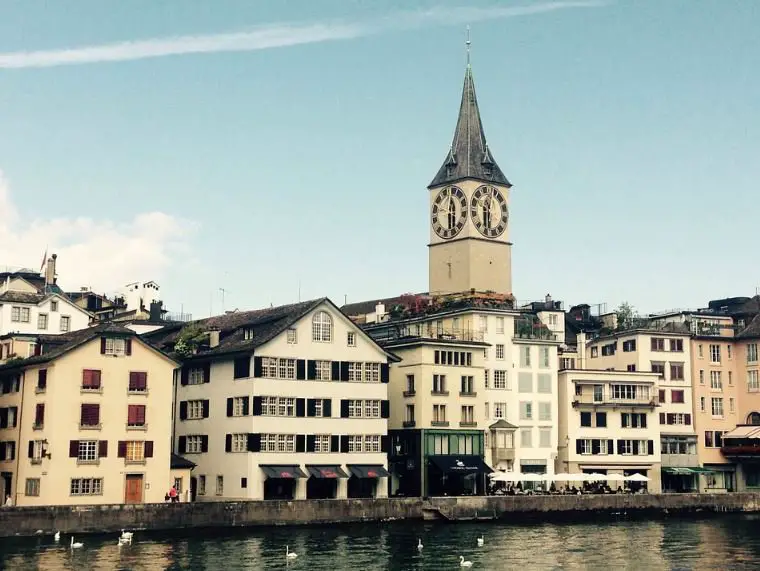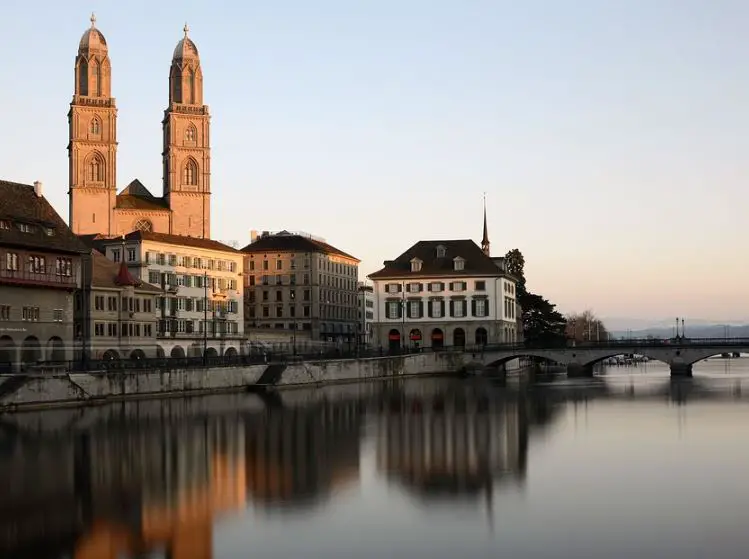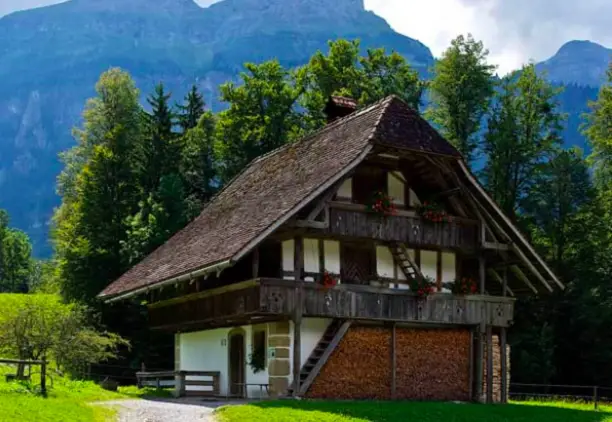What is the history of Swiss architecture and design?
Post ByAdequate Travel
Summary
Swiss architecture and design has a long and rich history, having been influenced by a variety of sources throughout the centuries. From classic Beaux-Art and Art Deco structures to modernist and Bauhaus-style building designs, the country has created a unique aesthetic that is renowned for its efficiency, style, and finesse. In this blog, we explore the evolution of Swiss architecture and design since its beginnings.1. Early Influences and Vernacular Architecture
The history of Swiss architecture and design dates back to ancient times, influenced by various cultures and historical events. One of the earliest architectural influences in Switzerland comes from the Roman Empire, which introduced Romanesque architecture. This style can be seen in various churches and monasteries throughout the country, such as the Abbey of Saint Gall.
2. Gothic and Renaissance Influences
During the late Middle Ages, Gothic architecture gained prominence in Switzerland. The Cathedral of Basel is a prime example of this architectural style, while the Berner Münster in Bern showcases a blend of Gothic and Renaissance elements. Renaissance architecture also made its way into Switzerland, particularly in cities like Lucerne and Geneva.
3. Swiss Chalet Style
The 19th century saw the emergence of the Swiss chalet style, characterized by rustic simplicity and traditional craftsmanship. These wooden buildings, with their characteristic pitched roofs and balconies, became prominent mountain retreats for locals and tourists alike. The Chalet in Gruyères and the Bellevue Hotel in Interlaken are iconic examples of this architectural style.
4. Modernism and International Style
Switzerland played a significant role in the development of modernism and the International Style in the early 20th century. The Swiss architect Le Corbusier, known for his groundbreaking designs and theories, greatly influenced the architectural landscape. Notable examples of his work in Switzerland include Villa Savoye in Poissy and the Heidi Weber Museum in Zurich.
5. Post-Modern and Contemporary Architecture
In the later part of the 20th century, post-modern and contemporary architectural styles gained popularity in Switzerland. Architects like Mario Botta and Peter Zumthor became well-known for their innovative designs. The San Giovanni Battista Church in Mogno by Mario Botta and the Therme Vals spa in Vals by Peter Zumthor exemplify their distinctive architectural approaches.
6. Sustainable and Green Architecture
In recent years, Switzerland has placed a strong emphasis on sustainable and green architecture. The country's commitment to environmental consciousness is reflected in projects like the Monte Rosa Hut by ETH Zurich, which utilizes renewable energy sources and incorporates sustainable materials.
Suggested Questions
- Château de Granges, Granges-près-Marnand: Horror Story, History & Paranomial Activities
- Schloss Wildegg, Wildegg: Horror Story, History & Paranomial Activities
- Château de Châtillon, Sierre: Horror Story, History & Paranomial Activities
- Blankenburg Castle, Laupen: Horror Story, History & Paranomial Activities
- Château de Vuillerens, Vuillerens: Horror Story, History & Paranomial Activities
- Château de Avenches, Avenches: Horror Story, History & Paranomial Activities











